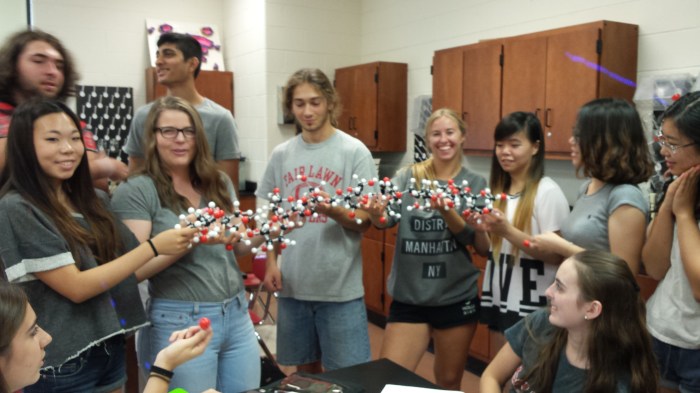Neuron structure pogil answer key – Unveiling the intricacies of the neuron, this comprehensive guide delves into the structure and function of these fundamental units of the nervous system. Embark on a journey through the neuron’s architecture, unraveling the roles of dendrites, axons, and synapses in the intricate dance of neurotransmission.
Neuron Structure Overview: Neuron Structure Pogil Answer Key

Neurons are the basic units of the nervous system, responsible for transmitting information throughout the body. Each neuron consists of a cell body, dendrites, and an axon.
The cell body, or soma, contains the nucleus and other organelles responsible for the neuron’s metabolism and protein synthesis. Dendrites are short, branching extensions of the cell body that receive signals from other neurons. The axon is a long, slender extension of the cell body that transmits signals to other neurons, muscles, or glands.

Functions of Neuron Components:
- Cell body:Contains the nucleus and other organelles, responsible for metabolism and protein synthesis.
- Dendrites:Receive signals from other neurons and transmit them to the cell body.
- Axon:Transmits signals away from the cell body to other neurons, muscles, or glands.
Dendrites and Axons
Dendrites:
- Short, branching extensions of the cell body.
- Receive signals from other neurons through synapses.
- Conduct signals towards the cell body.
Axons:
- Long, slender extensions of the cell body.
- Transmit signals away from the cell body.
- Conduct signals rapidly due to myelin sheath.
Comparison:
- Dendrites receive signals, while axons transmit signals.
- Dendrites are short and branched, while axons are long and slender.
- Dendrites conduct signals towards the cell body, while axons conduct signals away from the cell body.
Myelin Sheath and Nodes of Ranvier, Neuron structure pogil answer key
Myelin Sheath:
- Insulating layer of fatty tissue that surrounds the axon.
- Increases the speed of signal conduction.
- Formed by Schwann cells in the peripheral nervous system and oligodendrocytes in the central nervous system.
Nodes of Ranvier:
- Unmyelinated gaps along the axon.
- Allow sodium ions to enter the axon, generating an action potential.
- Speed up signal conduction by saltatory conduction.
Effects of Demyelination:
- Slows down signal conduction.
- Causes neurological disorders such as multiple sclerosis.
Synapse and Neurotransmission
Synapse:
- Junction between two neurons where signals are transmitted.
- Consists of a presynaptic terminal, synaptic cleft, and postsynaptic membrane.
Neurotransmission:
- Process of signal transmission across a synapse.
- Action potential in the presynaptic terminal triggers the release of neurotransmitters.
- Neurotransmitters bind to receptors on the postsynaptic membrane, generating an electrical or chemical response.
Role of Synapses:
- Allow neurons to communicate with each other.
- Enable plasticity and learning through synaptic strengthening or weakening.
Neuron Classification
Based on Structure:
- Unipolar:Single axon extending from the cell body.
- Bipolar:One axon and one dendrite extending from the cell body.
- Multipolar:Multiple dendrites and a single axon extending from the cell body.
Based on Function:
- Sensory neurons:Transmit sensory information from the body to the brain.
- Motor neurons:Transmit motor commands from the brain to muscles.
- Interneurons:Connect neurons within the brain and spinal cord.
Importance:
- Understanding neuron classification helps in mapping neural circuits.
- Provides insights into the organization and function of the nervous system.
Helpful Answers
What is the function of dendrites?
Dendrites receive signals from other neurons and transmit them to the cell body.
How does the myelin sheath contribute to nerve impulse transmission?
The myelin sheath insulates axons, allowing for faster and more efficient transmission of nerve impulses.
What is the role of synapses in neurotransmission?
Synapses are specialized junctions where neurons communicate with each other, releasing and binding neurotransmitters.
